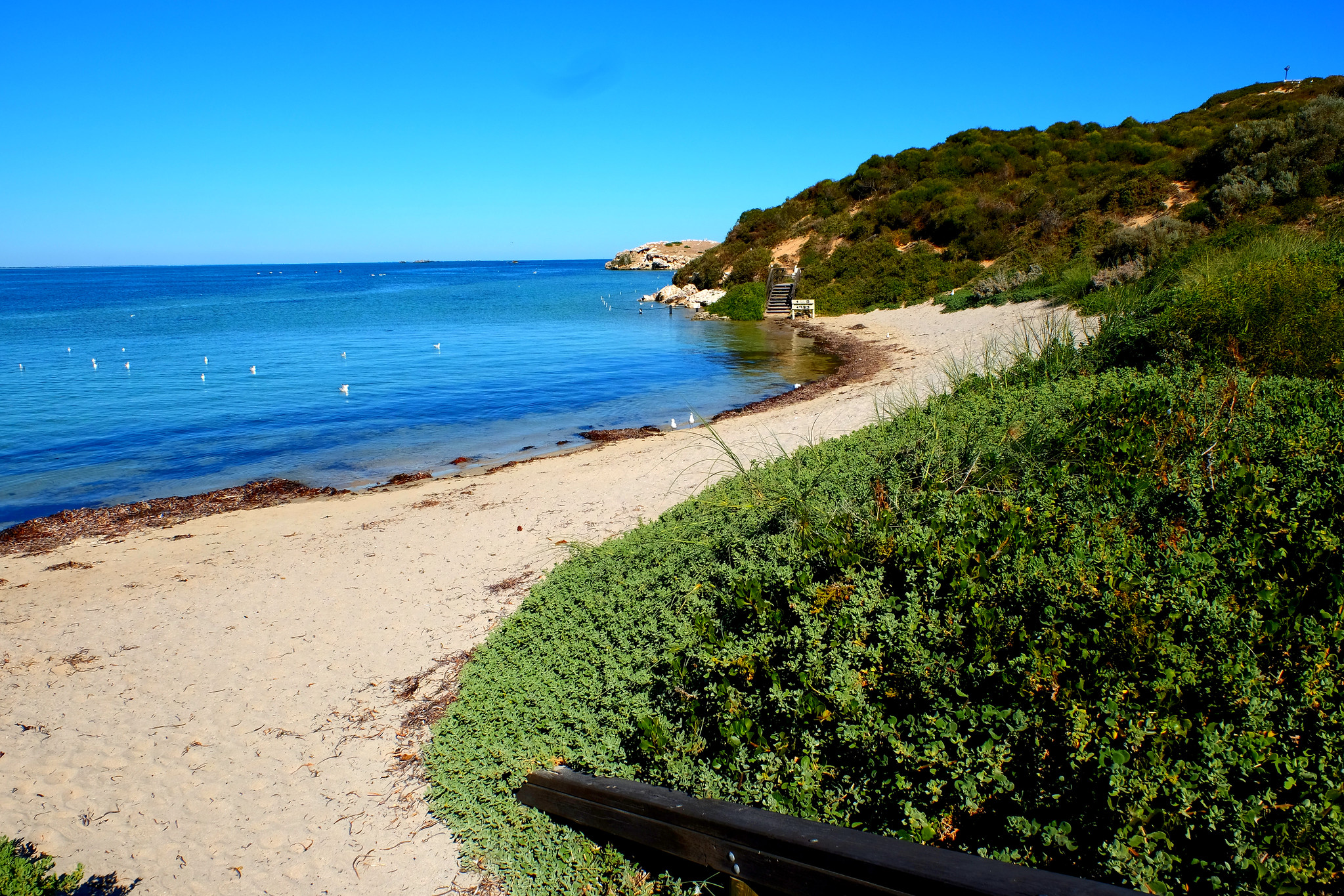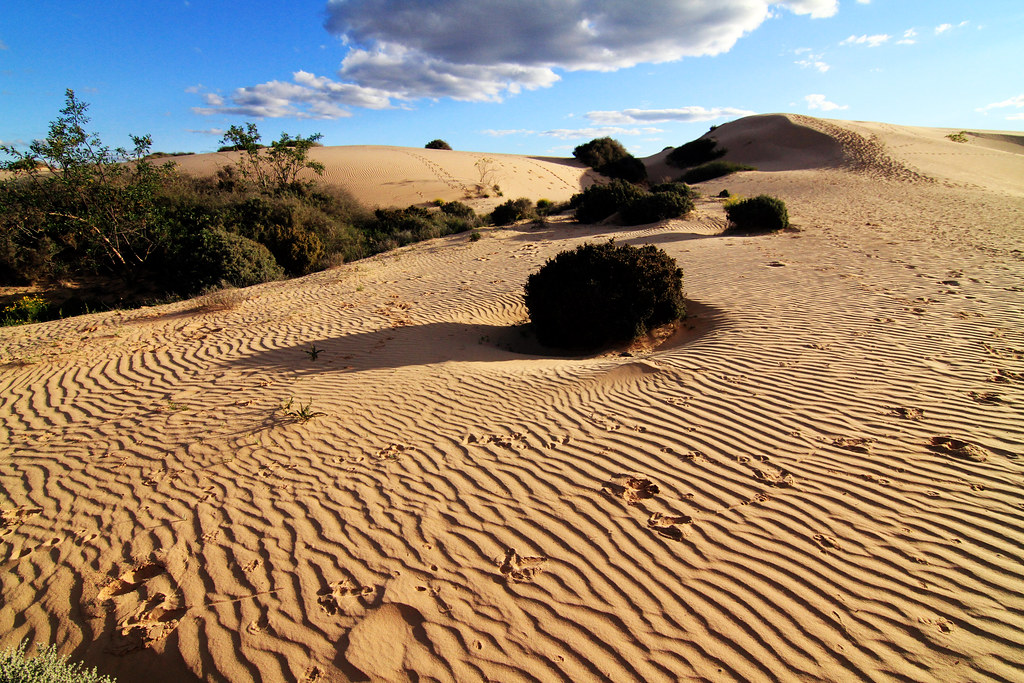The diminutive pink lake situated in the eastern region of South Australia presents a striking contrast in scale when compared to the expansive Lake Tyrrell of Victoria. Though modest in size, this lake captivates with the unique contours and intricate markings etched upon its bed—features that markedly differ from those observed at its Victorian counterpart.
Unlike Lake Tyrrell, whose broad salt flats often reflect vast skies in silvery hues, the South Australian pink lake displays a palette of rose and crimson, owing its coloration to the presence of halophilic microorganisms such as Dunaliella salina and the precipitation of salt crusts laced with carotenoid pigments. These saline conditions, resulting from high evaporation rates and limited freshwater inflow, create an environment both harsh and beautiful.
Historically, pink lakes in South Australia have been noted since European exploration in the early 19th century. Indigenous Australians, however, have long known and revered these sites, not only for their striking appearance but also for their spiritual significance. The interplay of salt, water, and sunlight continues to shape these ephemeral landscapes, which may transform in tone and texture with the passing of seasons.
Although Joel and I did not capture still photographs during our visit, we did record aerial footage by drone, offering a sweeping perspective of the region’s surreal beauty. The aerial views revealed patterns and textures on the lakebed that resembled the intricate veins of marble or the delicate tracery of a dry river delta—an artistry shaped not by human hands, but by the slow, patient force of nature itself.
Linking Sky Watch Friday







































